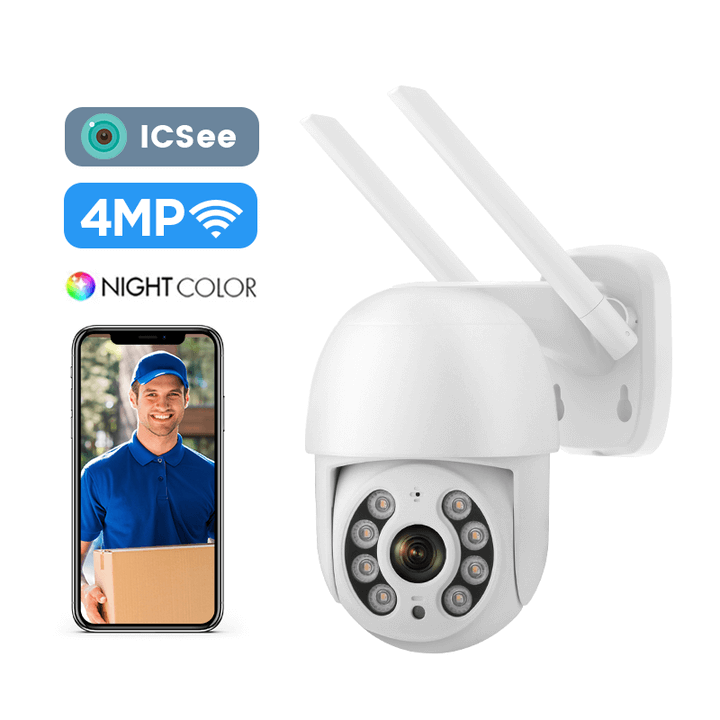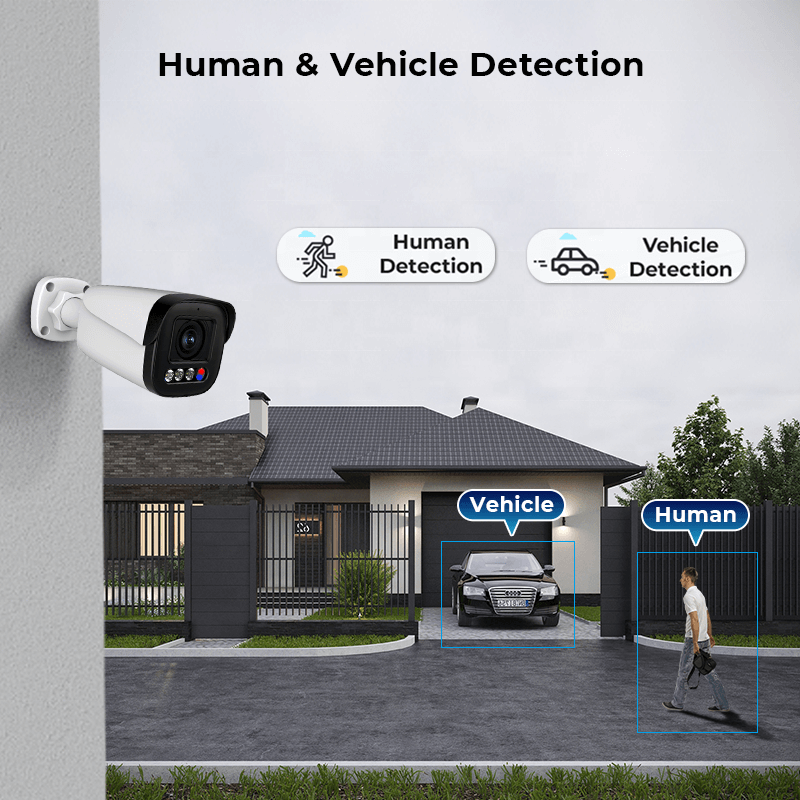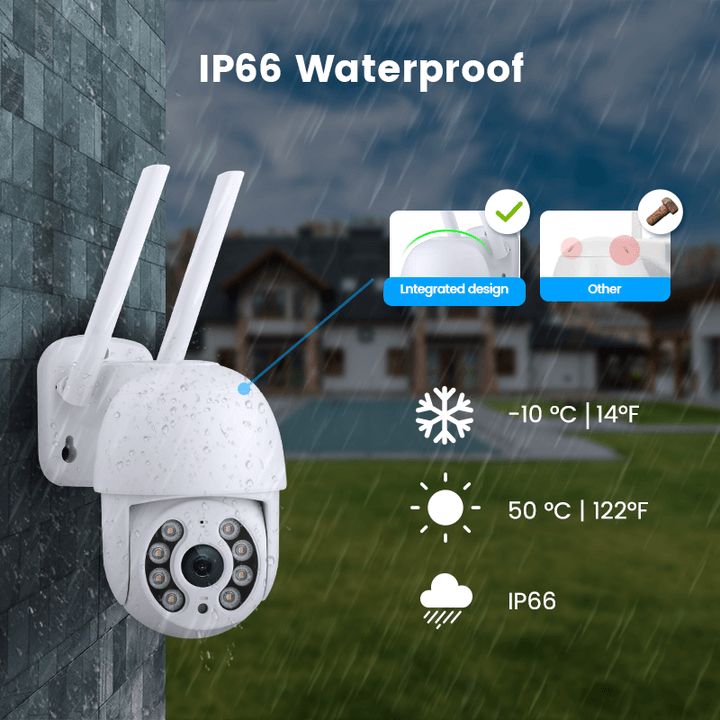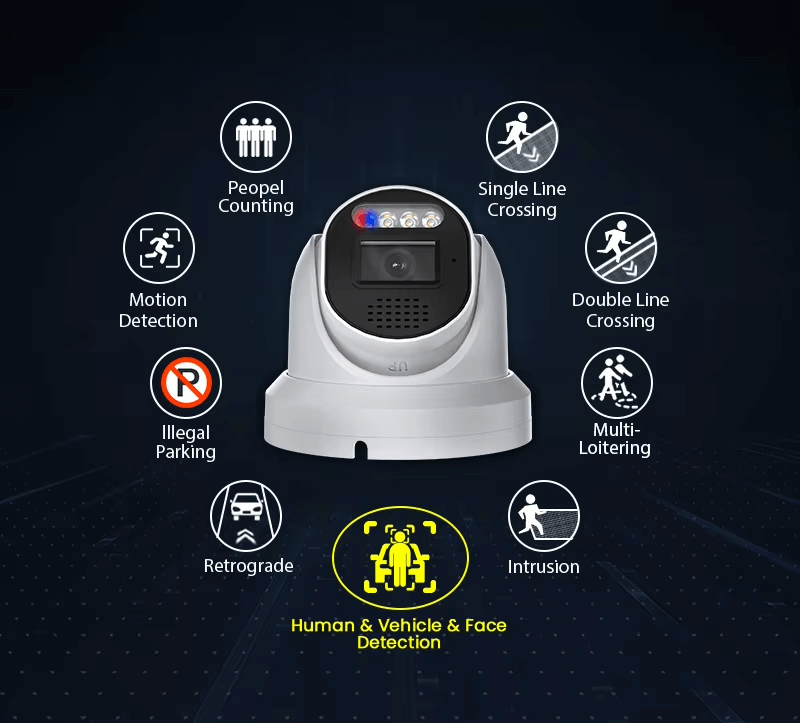When setting up a security camera system, storage options can significantly impact your privacy, costs, and overall reliability. Many users struggle with choosing between local storage and cloud-based alternatives, unsure which option best protects their sensitive footage while remaining cost-effective. Local storage solutions provide a compelling answer to these concerns by keeping your surveillance data physically under your control, eliminating recurring subscription fees, and ensuring your system works even during internet outages. As digital privacy concerns continue to rise, local storage offers a robust solution that places security decisions firmly in your hands rather than with third-party providers.
How Does Local Storage Protect Your Privacy?
The importance of local storage in security camera systems cannot be overstated when it comes to safeguarding your privacy. As a security professional, I’ve seen countless cases where cloud storage breaches have exposed sensitive footage to unauthorized parties. The numbers don’t lie—thousands of security camera users fall victim to data breaches annually, while locally stored footage remains safely tucked away from remote hacking attempts.
Local storage creates what I like to call a “privacy fortress” around your recordings. Instead of your intimate moments traveling across the internet to distant servers (where who-knows-who might access them), your data stays physically within your property. This eliminates several critical vulnerabilities:
- No data transmission means no man-in-the-middle attacks
- No server-side breaches at third-party providers
- No curious employees at cloud companies accessing your footage
For truly sensitive areas—bedrooms, home offices with confidential documents, or business meeting rooms—local storage isn’t just preferable; it’s essential. Our team at JER-Tech has implemented these systems that bypass regulatory headaches that occur when surveillance data crosses international borders.
Need personalized advice about protecting your specific privacy concerns? Contact us for a consultation tailored to your situation.

What Cost Benefits Does Local Storage Provide?
In my years of installing security camera systems, I’ve seen clients repeatedly surprised by the significant cost differences between storage options. Let’s talk money—the kind that stays in your pocket with local storage solutions.
While cloud-based systems tempt you with their lower initial price tags ($150-300), they’re financial quicksand with those $5-15 monthly subscriptions per camera. Do the math with me: a four-camera cloud system can drain over $500 annually from your budget! Meanwhile, local storage systems might cost $200-400 upfront plus $50-100 for storage media, but that’s it—no more payments, ever.
| System Type | Initial Cost | 5-Year Total (4 cameras) |
|---|---|---|
| Cloud Storage | $600-1,200 | $3,000-4,800 |
| Local Storage | $800-1,600 | $800-1,600 |
The financial break-even typically happens at 12-18 months—after that, you’re essentially recording for free! At JER-Tech, we’ve helped businesses save thousands by switching to local storage solutions.
I particularly love the flexibility local storage offers. Need more capacity? Simply swap out for a larger hard drive—no contracts, no negotiations, no rate increases. Plus, these systems maintain resale value, unlike cloud-dependent cameras that become paperweights if their subscription services change. Still not convinced? Contact us for a personalized cost analysis for your specific needs.

Why Does Internet Independence Matter for Security Systems?
I’ve responded to countless frantic calls from clients whose cloud security cameras failed during internet outages—precisely the moment they needed them most! This reliability issue isn’t rare; the average American household faces 3-5 internet disruptions monthly, lasting at least 5 minutes, with rural properties experiencing even more frequent outages.
Think about it: your security system exists for one purpose—to protect your property at all times. Not just “most of the time” or “only during good weather.”
| Threat Scenario | Cloud Camera Response | Local Storage Response |
|---|---|---|
| Internet Outage | Recording stops | Continues recording normally |
| Bandwidth Throttling | Reduced quality/framerate | Full quality maintained |
| Intentional Cable Cutting | Complete system failure | Continues capturing evidence |
We’ve documented numerous cases where intruders deliberately cut internet connections before attempting break-ins—a tactic that renders cloud cameras useless but leaves local storage systems fully operational.
Speaking of operational concerns, bandwidth limitations create another headache. During peak usage times, cloud cameras often reduce video quality or drop frames to compensate, potentially missing crucial details like faces or license plates. Need help ensuring your system works 24/7 regardless of connectivity? Contact our team for a reliability assessment of your current setup.
How Do Local Storage Options Compare to Cloud Solutions?
After installing hundreds of security systems, I’ve learned that choosing between local and cloud storage isn’t just about preference—it’s about matching specific needs with the right solution.
Let me break down the key differences I see daily in real-world applications:
| Feature | Local Storage | Cloud Storage |
|---|---|---|
| Video Quality | Full 4K resolution | Often compressed/reduced |
| Retention Period | Months to years | Typically 7-30 days |
| Retrieval Speed | Immediate access | Depends on the download speed |
The quality difference is something I demonstrate to clients at JER-Tech using side-by-side comparisons. Cloud systems often struggle to upload full 4K video, meaning you might miss critical details like license plates or facial features during incidents.
Storage capacity presents another clear advantage—I’ve set up local systems that preserve footage for 6+ months, compared to cloud plans that typically delete after 30 days. That extended timeline has proven crucial for several clients who discovered incidents weeks after they occurred.
That said, cloud options do shine in disaster scenarios. If your property experiences a fire or flood that damages local equipment, off-site backups become invaluable. Many of my clients opt for hybrid approaches—using local storage as primary while contacting us to configure selective cloud backups for critical events.

What Advancements Are Shaping the Future of Local Storage?
The local storage landscape is evolving at breakneck speed—and trust me, I’ve had a front-row seat testing these innovations before they hit the market! The most exciting development I’ve implemented for clients is on-device AI processing that intelligently categorizes footage without cloud dependencies.
| Technology | Current Capability | Future Potential |
|---|---|---|
| Edge AI Processing | Person/vehicle detection | Behavioral analysis, face recognition |
| Storage Capacity | 1TB microSD, 10TB+ NVR | 5TB microSD, 50TB+ NVR |
| Secure Remote Access | P2P encryption | Zero-knowledge authentication |
At JER-Tech, we’ve recently deployed systems with hardware-level encryption that protect footage even if drives are physically stolen—a game-changer for businesses with sensitive operations.
The storage density improvements are equally impressive. Remember those bulky DVRs? Today’s systems pack 10TB+ in spaces smaller than a paperback book. I recently upgraded a client’s 6-camera setup to store a full year of 4K footage in a device smaller than their old 30-day system!
Perhaps most revolutionary are the new secure peer-to-peer protocols that let you access footage from anywhere without routing through third-party servers. Have questions about implementing these cutting-edge technologies? Contact our team for a personalized consultation.

Conclusions
Local storage represents a compelling cornerstone for security camera systems that prioritize privacy, long-term value, and operational reliability. By keeping your surveillance footage physically under your control, you gain stronger privacy protections, eliminate recurring subscription costs, and ensure your security system functions even during internet disruptions. While cloud storage offers conveniences for certain scenarios, particularly in multi-site deployments or situations requiring guaranteed off-site backup, the majority of home and small business users will find local storage provides superior benefits for their core security needs. As technology continues advancing, the traditional limitations of local storage are rapidly diminishing, with improved remote access capabilities, AI-powered analysis, and expanded capacity options making these systems increasingly versatile. When evaluating security camera options, carefully consider your specific requirements for privacy, budget constraints, and reliability expectations to determine if local storage aligns with your security goals.


